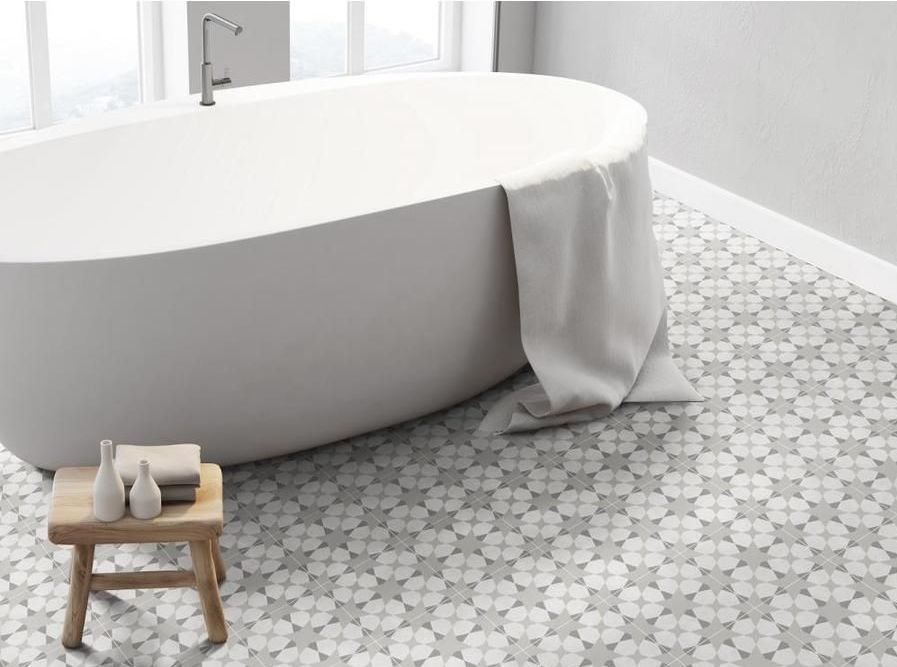Kitchen and bath trends vary from region to region, but based on our interaction with designers this year, we feel these seven designs will prove popular with your buyers and clients in 2020.
Each year, the top subjects on our website relate to the kitchen and the bath, including cabinets, tiles, soaking tubs, or design features for those spaces. What that tells us is that designers, buiders, and architects are interested in making their spaces a little less ordinary. But how?
Trend stories and surveys abound, of course. One by the National Kitchen & Bath Association (NKBA) surveys more than 500 kitchen and bath designers and other industry experts to get a sense of what industry pros will be specifying in the future and what clients will likely want.
In recent years, respondents have been gravitating toward showers, shower surrounds, vanity choices, and technology in the bathroom and kitchen. Other top choices incude smart temperature control, water-conserving technology, and Internet-connected products.
[ Related: NKBA Report: Shower and Vanity Categories Lead 2019 Bathroom Trends ]
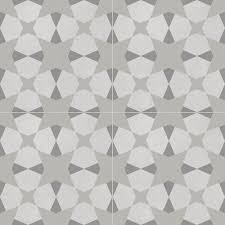
The Della Torre encaustic ceramic is a dead-ringer for the real deal.
Trend reports are fine—and we like them—but not all trends are ideal. For example, it’s probably time to ditch the shiny brass fixures. Not too long ago, homeowners were renovating bathrooms and getting rid of the low-quality finish from faucets and light, and then it came roaring back. We think it’s had its moment. Another trend that really should die is using elaborate chandeliers in the bathroom. It’s inappropriate for the space and hard to keep clean, so why do it?
We see a lot of kitchens that have over-the-range microwaves in the kitchen, and we always ask ourselves: Why? Not only is this potential accident waiting to happen, but ergonomically it makes more sense to install the microwave in a counter-level cabinet or, even better, below the countertop.
After consulting with a handful of designers and architects, we’ve found a short list of trends and design features that are likely to stay popular for a long time because they are pratical or are super easy to change down the road if the homeowner gets bored.
Cement Tile Alternative
We love cement tiles, but we are also aware that the material is not for everybody or every project. The porous nature of the product makes them more difficult for a novice or an inexperienced tile contrctor. Plus, if a homeowner needs every to remain perfect over time, cement tile is not ideal as it develops a nice patina.
We have a solution: ceramic tiles that have the look of cement. Manufacturers from Italy and Spain excel at tiles that look have an encaustic look, but you can also find options from big box stores such as The Home Depot. But please don’t go hog-wild with this trend. Think strategically, and use them on a backsplash or a powder room floor. Plus, if the owner does choose a bold pattern, they can always remove the small bath floor.
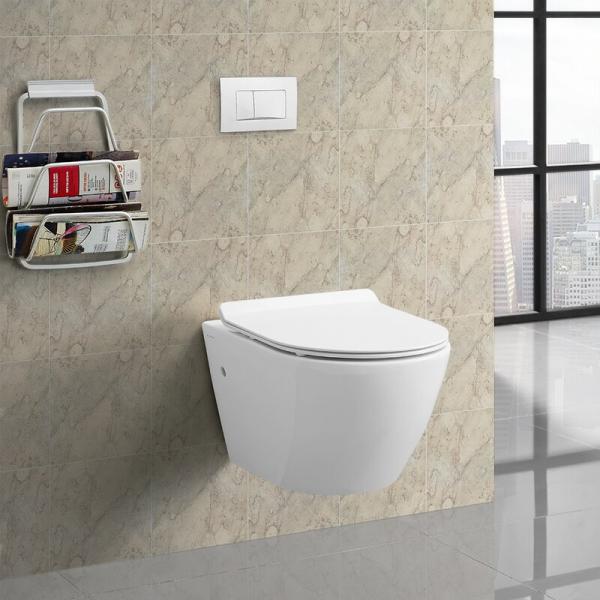
Wall-hung toilets, such as this one Swiss Madison, offers a sleek look but makes cleaning easy.
Wall-Hung Fixtures
If you’ve been paying attention, you know the editors of PRODUCTS love anything that makes life easy for homeowers and buyers. These types of design features and products tend to stay popular because people really like them. That’s how we feel about wall-hung vanities and toilets. Not only do these types make the bathroom look super awesome, but they make cleaning a breeze. In Europe, there’s nary a floor-mount toilet in sight in a hotel, airport, or home. The units have never been that ppopular in the U.S. market, but lately the move toward modern design is ushing the toilets to the fore.
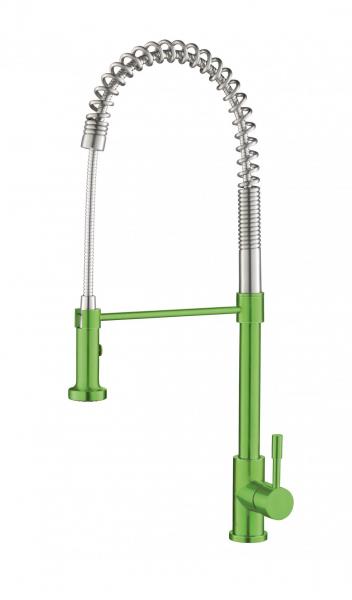
The Isenberg Klassiker Collection faucet adds an unexpected pop of color to a kitchen.It comes in 20 colors.
Colored Faucet or Stove
As far as trends go, the colored faucet is unlikely to gain traction. But who cares? We love the look. A bold faucet design in an otherwise staid kitchen makes a real statement and can be easily swapped out if the homeowner gets tired of it.
The same cannot be said for appliances. We are not fans of a colorful appliance suite because it tends to look too cartoonish. But we are fans of a more restrained approach—with a colored stove. That’s all you need to make a bold statement. Tip: We would probably opt for one or the other—the bold colored faucet or the stove but not both.
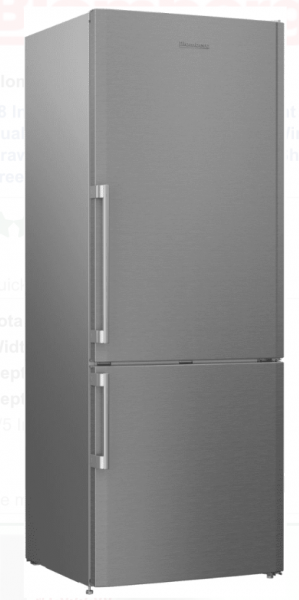
Freestanding counter-depth refrigerator, such as this one from Blomberg Appliances, may not be ideal for large families, but for the right project they are ideal.
Counter-Depth Fridges
No one can dispute the cool factor that a built-in, counter-depth refrigerator brings to the party. Universally loved by all, the unit makes a kitchen look buttoned up. But it comes at a price that most home remodelers and homebuyers just canot afford. There are options, but they compensate by sticking taking up a wider footprint.
A better idea would be one of the newer counter-depth refrigerators that look just as clean and tidy as a built-in unit. The units are priced anywhere from $1,500 and up but are a fraction of the cost of a built-in unit. Caveat: These units tend to be narrower as well, so they offer less storage space. They are not for every home.
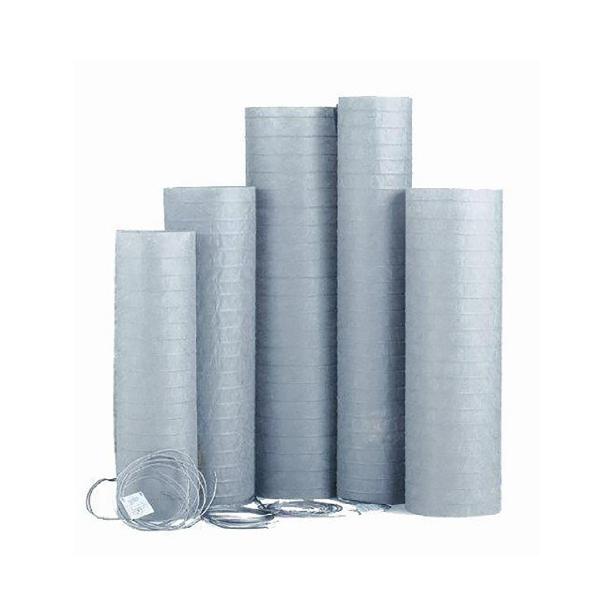
Convenient and easy to install, radiant heat under tile floor in a bathroom provides ultimate comfort in cold climates. These mats are from Nuheat.
Heated Floor
One of the most pleasureable feelings on a cold winter morning is a heated floor beneath your feet. Electric radiant floors make homeowners feel good and, thanks to technological advances, are increasingly quick and easy to install. Ashley Ardrey, remodel and product specialist at Christopher’s Baths & Kitchens in Englewood, Colo., says three years ago the company installed electric radiant floor heating in two or three out of every 10 bathrooms the company remodeled. Today electric radiant heating is specified in seven out of 10 bathrooms.
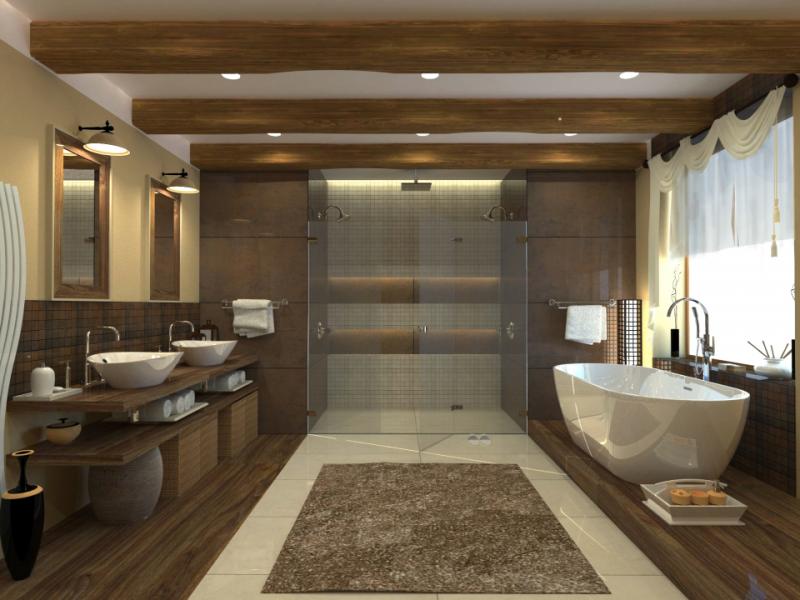
QuickDrain USA says its new ShowerLine is a PVC linear drain that's much cheaper than typical high-end products.
Linear Shower Drains
In the last decade, linear drains have become the ultimate feature in a modern bath. Typically installed against the rear or side wall of the shower, linear drains offer a sleeker appearance while remaining out of the way. The drains are popular because they allow for a lot more flexibility with the tile selection for the floor and make installation much easier.
Yes, the drains are expensive, which preclude them from most projects. But one manufacturer, QuickDrain USA, claims to have developed a new product that costs only a fraction of most drains. Priced from $225, the ShowerLine is ideal for curbless showers and tub-to-shower conversions in single-family, hospitality and multifamily buildings. The PVC linear drain offers a cutting-edge look and sleek design for projects with tight budgets, the company says.
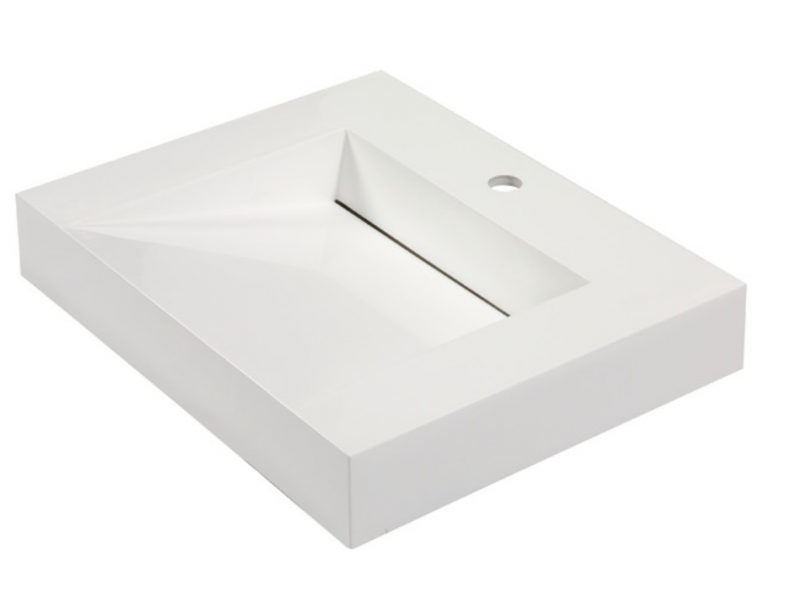
Offered on sinks, tubs, and shower receptors, hidden drains offer a more streamline appearance than traditional drains. This vessel sink from Aquamoon offers an infinity drain.
Hidden Drains
Sinks and tubs with standard drains get the job done, but we are fans of fixtures whose drains seemingly disappear or are hidden from view. Linear drains are taking over the shower, but today tubs, sinks, and shower receptor manufacturers are designing drains that blend into their cast iron, ceramic, or acrylic bodies. The resulting look is a sleek fixture with no visible metal drains, unless a metal finish is the desired look.
[ Related: 11 Products That Prove the Drain Is Disappearing ]
